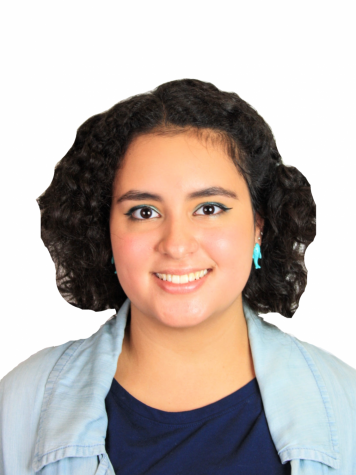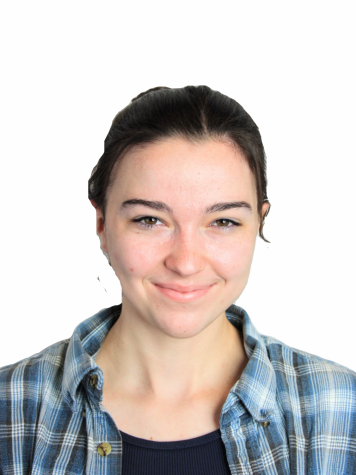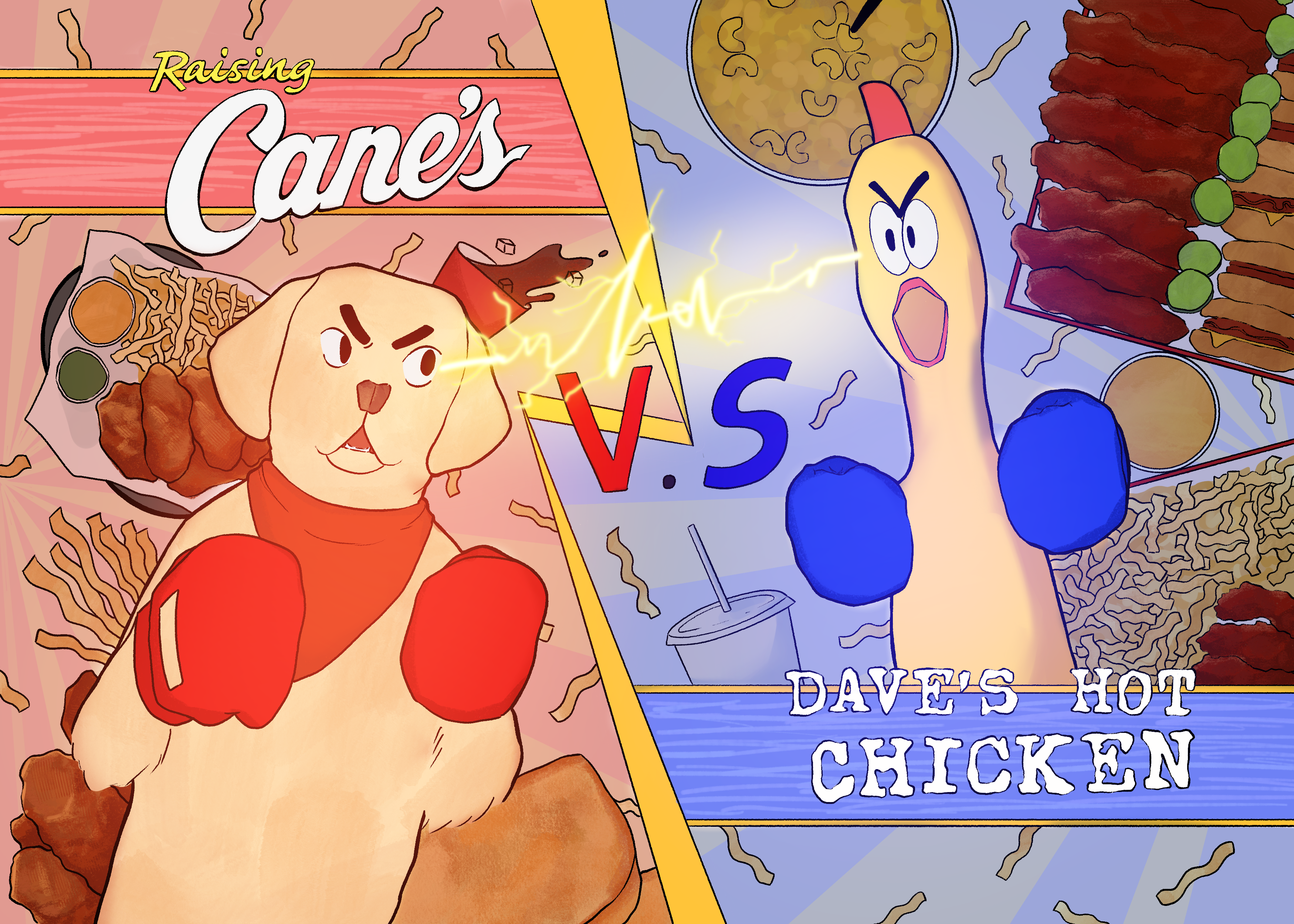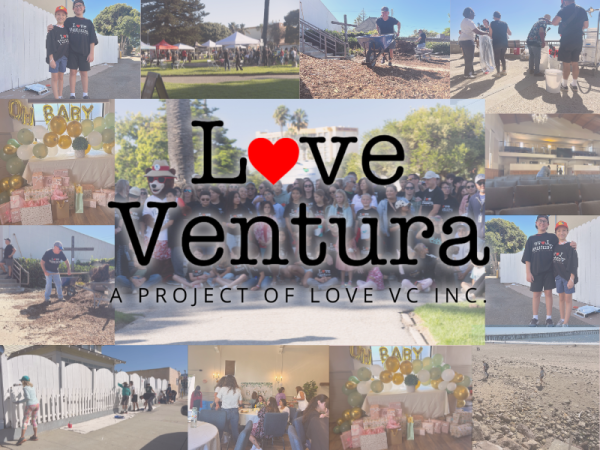Open Your Mind to Alternative Therapy
There are many different forms of therapy that cater to different minds
November 20, 2019
From art to cryotherapy to just being in the wilderness, explore the unconventional and alternative ways to cure your case of the blues. Whether you’ve been diagnosed with anxiety, depression among other mental illnesses, or simply feel worn down and stressed out from life and daily responsibilities, consider these unique therapies to relieve or ease some of your stress.
Nature Therapy:
There are camps and organizations, like Second Nature, that take teens on nature hikes and day retreats. This blend of experimental and “adventure” therapy involves sight, sound and touch to reduce stress. Nature therapy includes wilderness hikes, camping and walking on the beach. With a holistic approach, individualized treatments and fewer distractions, teens can be encouraged to overcome addiction and emotional distress.
Animal-Assisted Therapy:
According to the CRC Health Group, “depending on the needs of the patient, many different animals can be used in therapy, including horses (also called equine-assisted therapy), dogs (also called canine-assisted therapy), dolphins, llamas, rabbits and other animals,” but the company of any pet may help. Trained specialists instill this method in prisons, hospitals, nursing homes and mental health facilities. Animals are scientifically proven to be accepting, non-threatening and non-judgmental. Patients are encouraged to feed, walk, pet, brush and care for the animal. Benefits include reduced anxiety, an outlet for grief and reduced depression. Animal-assisted therapy can aid in autism spectrum disorders, addiction, schizophrenia, emotional and behavioral disorders.
EMDR:
Eye Movement Desensitization and Reprocessing (EMDR) is a form of psychotherapy which directs the patient to remember distressing images and is then asked to move their eyes from side-to-side or to hand tap. EMDR hand tapping is closely related to the Emotional Freedom Technique (EFT) and acupuncture, which focuses on the body’s meridian points to control emotions. It can be effective in treating trauma, post-traumatic stress disorder (PTSD), ease the symptoms of anxiety, depression and panic disorders.
Primal Therapy:
Primal therapy is where the patient is asked to recall emotional memories from their childhood and express the way they feel verbally. This form of release can cause a patient who usually feels angry to focus that anger at an object which can symbolize a parent, such as an empty chair. The goal is to focus on the roots of emotional pain, which for the majority of the time, goes back to a lack of love while growing up or a trauma suffered during childhood. The goal is to relieve the pain and heal. This form of therapy benefits those who suffer from anxiety, depression and PTSD.
Light Therapy:
Light therapy is a mix between phototherapy and heliotherapy. The treatment involves exposure to sunlight or specific wavelengths of light using lasers and lamps. “Light therapy is a way to treat seasonal affective disorder (SAD) and certain other conditions by exposure to artificial light. SAD is a type of depression that occurs at a certain time each year, usually in the fall or winter,” written in an article by Mayo Clinic. Light therapy affects chemicals in your brain linked to mood and sleep. You can purchase your own Himalayan salt lamp or a light therapy box that can help with depression and sleep disorders.
Laughter Therapy:
Laughter therapy is scientifically proven to release endorphins, reduce cortisol, epinephrine levels and decrease inflammation. Treatments include laughter exercises, clowns, funny movies, books, games and puzzles. With or without a mental health professional anyone can let out a little steam by listening to their favorite comedian or laughing to their heart’s content.
Art Therapy:
An outlet to creativity may help elicit emotions, reduce anxiety, increase self-esteem and resolve psychological conflicts. Those who experience depression, trauma or social difficulties can benefit by painting, drawing or participating in other creative mediums. The possibilities are endless! Culinary art therapy is a new approach to treat diverse groups of people. “This form of therapy benefits individuals who experience eating disorders, depression, addiction, anxiety, autism, learning disabilities and attention deficit hyperactivity disorder (ADHD),” written in an article by GoodTherapy. These cooking classes are led by a trained counselor or professional chef. While cooking, all five senses are engaged by touching ingredients, smelling the scents, tasting the food and watching your delicious masterpieces unfold.
Aromatherapy:
“Aromatherapy is a holistic healing treatment that uses natural plant extracts to promote health and well-being. Sometimes it’s called essential oil therapy,” writes Emily Cronkleton, in an article on Healthline. Aromatherapy focuses on the nervous system to ease symptoms related to anxiety, depression and stress by smelling and absorbing oils through the skin. At home you can use essential oils like peppermint, tea tree, lavender or orange blossom as perfume or you can purchase your own lava rock essential oil bracelet to wear and smell throughout the day.
Dance and Music Therapy:
Dance Movement Therapy (DMT) is an evidence-based use of movements that promotes positive emotional well-being. DMT reduces stress, manages mood swings, promotes self-awareness and boosts self-esteem. Who doesn’t love turning on some tunes and moving their feet? Music therapy can be guided by a trained professional. This form of therapy includes relaxed breathing techniques, singing and listening to positive music. Music therapy promotes lower levels of anxiety, comforts patients with relaxing music, relieves body tension and has the capacity to brighten up a person’s day.
Alternative Medicine Therapies:
Acupuncture stimulates particular points in the body by placing needles into the skin which alleviates pain and helps treat various mental health conditions. Acupuncture treats conditions like anxiety, depression, insomnia and headaches.
Homeopathy “is a medical system based on the belief that the body can cure itself. Those who practice it use tiny amounts of natural substances, like plants and minerals. They believe these stimulate the healing process,” says WebMD. Homeopathy can treat anxiety and depression.
Massage therapy is a form of treatment where a trained professional massages the soft tissue of a patient with a variety of movements and pressure. Enjoying a massage releases tension in the mind, allows for more positive thinking, promotes better sleep and reduces anxiety.
Biofeedback is a process where the patient gains a greater awareness of their bodily functions with the use of magnets and natural remedies. Biofeedback treats headaches, migraines, stress, anxiety, depression and PTSD.
Reflexology or zone therapy involves applying pressure to particular areas of the feet or hands with specific finger techniques using oil and lotion. According to the University of Minnesota, “specific studies indicate that reflexology may reduce pain and anxiety.”
Cryotherapy or cold therapy applies cold temperatures to the body. This therapy treats mood disorders, hormonal imbalances, releases adrenaline and endorphins. Having these chemicals released may benefit those who suffer from anxiety and depression.
Mental health is a critical aspect of the health triangle with other factors including physical and social health. It’s important to always check in with your body and mind; to take care of yourself during these stressful years of adolescence, academics and beyond. “An estimated 3.2 million adolescents aged 12 to 17 in the United States had at least one major depressive episode,” says the National Institute of Mental Health. For those who have been diagnosed with a mental health disorder, or is a student overwhelmed by stress consider one of these alternative therapies above, either at home or with a mental health professional.















